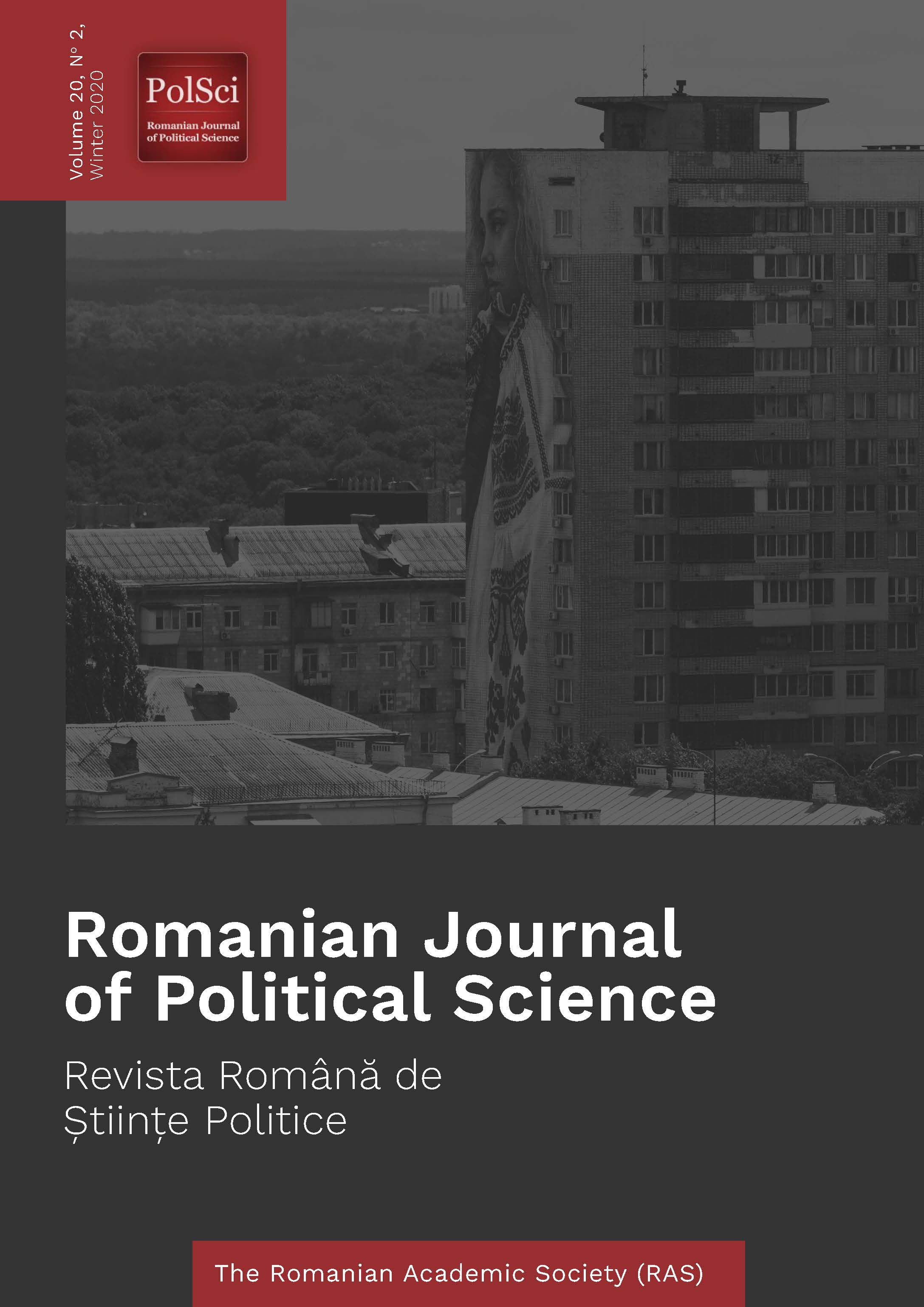Filling the void: Urban murals and national identity in Russia and Ukraine after 2010
Filling the void: Urban murals and national identity in Russia and Ukraine after 2010
Author(s): Emma Louise LeahySubject(s): Cultural history, Visual Arts, Political history, Present Times (2010 - today), Period(s) of Nation Building, Post-Communist Transformation
Published by: Societatea Academică Română (SAR)
Keywords: National identity; Public art; Postsocialist urbanism; Russia; Ukraine;
Summary/Abstract: Amidst a systemic transformation, existing structures of individual and collective identification often become discredited. After the chaotic experience of transition, a period of normalisation generally follows, accompanied by a concerted exercise of identity rebuilding. Processes of identity reconstruction tend to be heavily influenced by national elites and retransmitted via symbolic interventions in the public space. Such a period of post-transition identity-building has been underway in Ukraine and Russia since 2010, gradually replacing the informality of the post-Soviet condition of the 1990s and 2000s. This article investigates the extent to which Russian and Ukrainian narratives of national identity have diverged, and are continuing to diverge, from the common trunk of a constructed (post-)Soviet identity. Should these identity-building processes be considered as decentralised, or as the product of top-down management by public authorities? I use as observations urban murals created in central districts of Kyiv and Moscow after 2010, comparatively evaluating them in terms of symbolic content and institutional context. My data source is an index of murals of my own compilation. I hope to have demonstrated that differences between the two capitals are evident in terms of the symbolic content of murals, their compositional design, and the choice of heroic-inspirational figures depicted. These differences correlate with divergent official discourses of national identity in the two countries. The street art booms in Kyiv and Moscow are considered as parallel campaigns of state-supported neo-muralism, occurring amidst militarised identitarian conflict between Russia and Ukraine.
Journal: Romanian Journal of Political Sciences
- Issue Year: 20/2020
- Issue No: 2
- Page Range: 112-160
- Page Count: 49
- Language: English
- Content File-PDF

